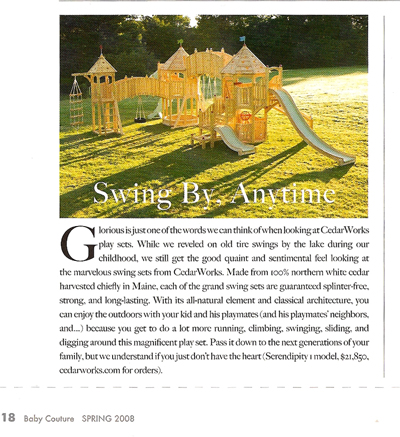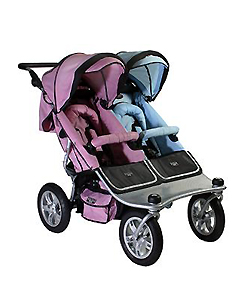Thorsten S. alerted us to a calendar illustrated with black-and-white nude photographs of Germans who have competed in the Paralympic Games. On the Web site of the photographers, Huenecken & Inselmann [link NSFW!], subjects include people in wheelchairs and people who use lower-limb prostheses.
Compare these portrayals of persons with disabilities to the portrayal of fetish model Viktoria, who was a Bizarre mag cover girl, apparently in part because she has a below-the-knee amputation. Do these calendar photos highlight the German athletes’ disabilities in the same way that the shoot of Viktoria fetishizes her disability? Alternatively, check out our earlier post about Disaboom, a community site whose ads for its dating service feature muscular and attractive people with disabilities. Do these calendar photos challenge the mainstream stereotype that people with disabilities can’t be sexy or strong?
By the way, how do gender expectations and stereotypes play out in these photos? If you go to the gallery linked early in this entry, you can see a man holding a gun in a position that clearly makes it analogous to his penis. You can also see an especially objectified [decapitated = identity erased] woman on horseback, as well as a woman in a stereotypical beach bunny/pinup pose. The tendency of the calendar to revert to dull assumptions of how men and women should be posed and photographed complicates any radical agenda of celebrating the bodies of people with disabilities.
Pictures with artistic NSFW nudity below the cut.








